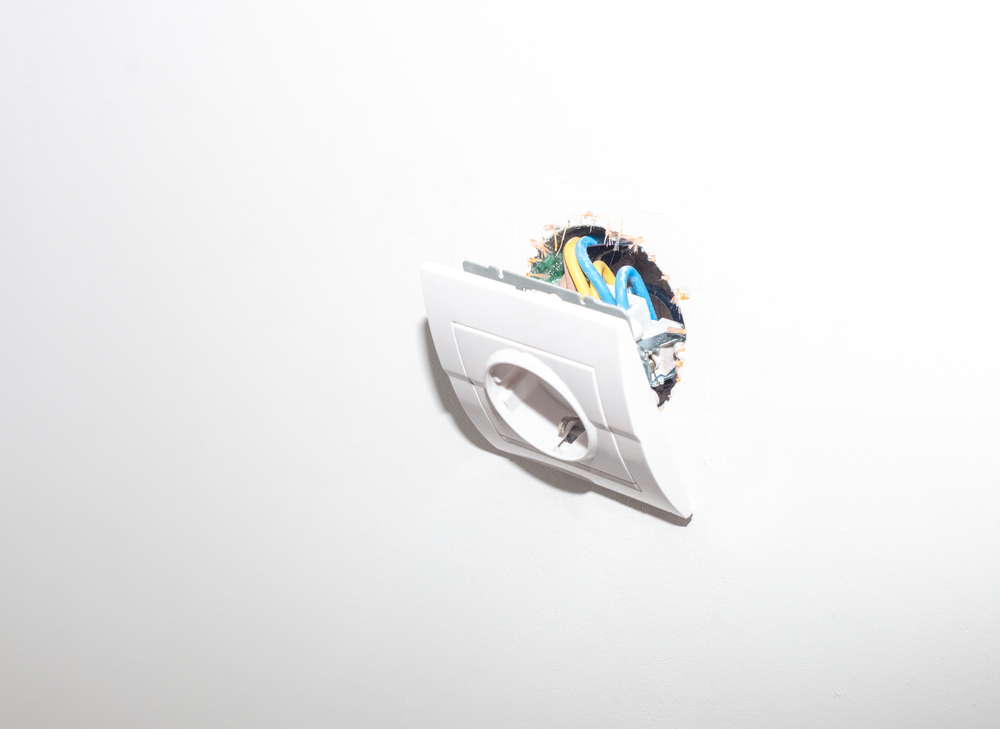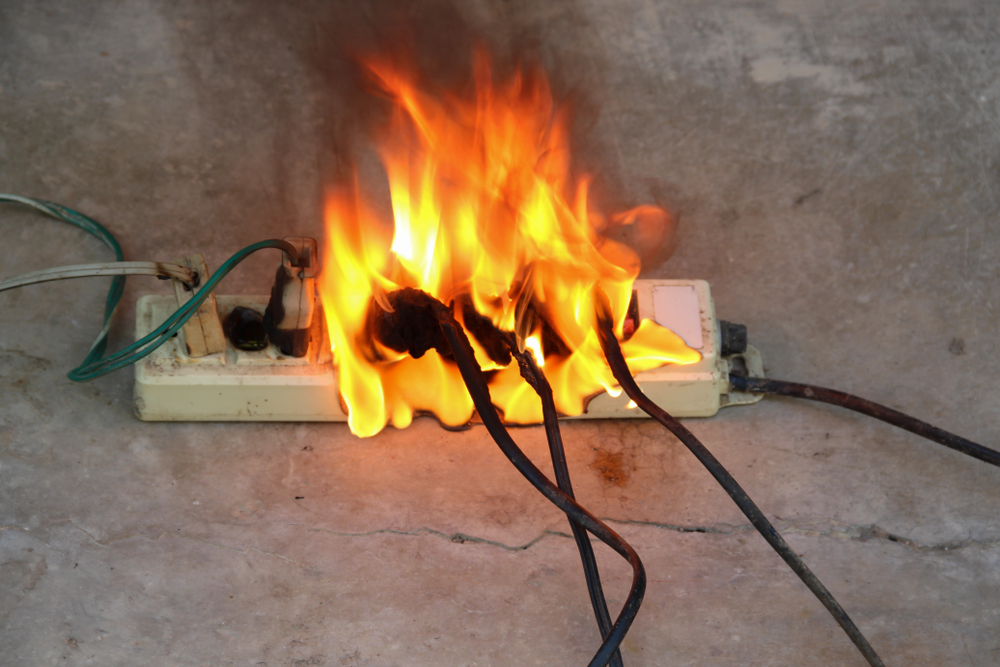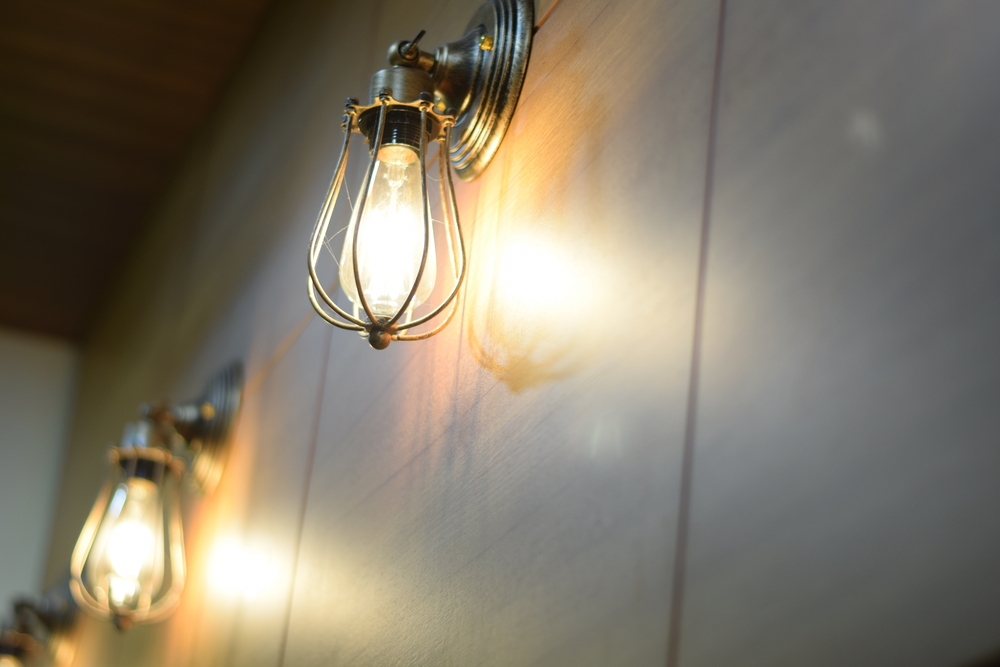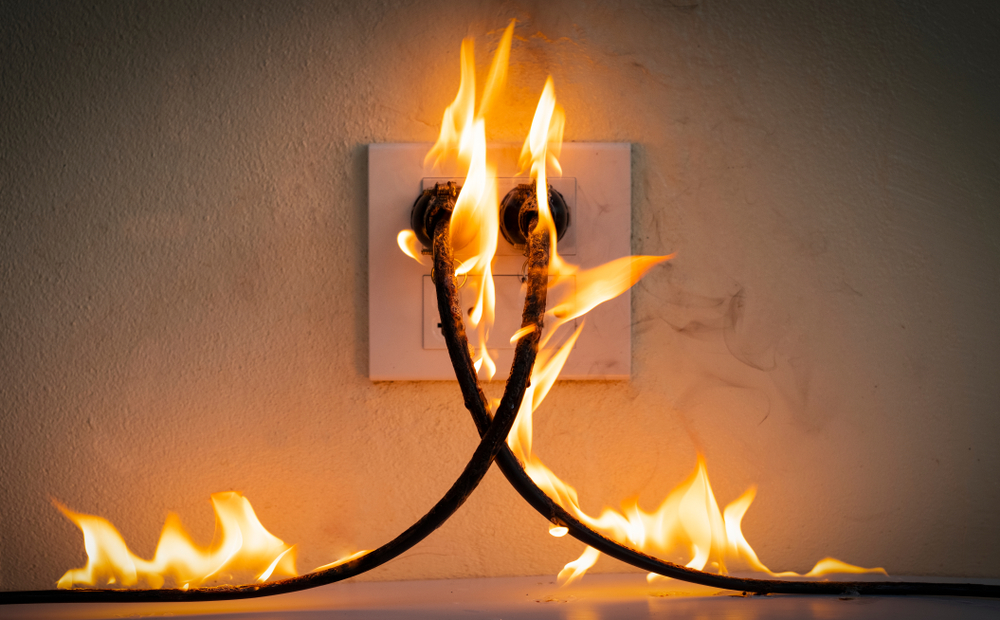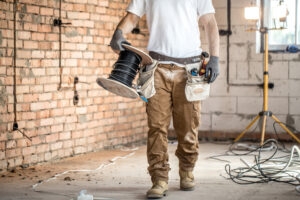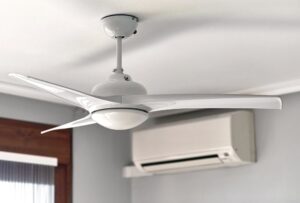Troubleshooting Before Calling an Emergency Electrician
Although reaching out to an emergency electrician is imperative during grave electrical emergencies, certain steps exist to troubleshoot minor issues. These steps can help you identify the problem and might even resolve it, saving you from the cost of an emergency call-out. However, if the issue persists or if you’re unsure, it’s best to call a professional to avoid worsening the situation.
Resetting Circuit Breakers
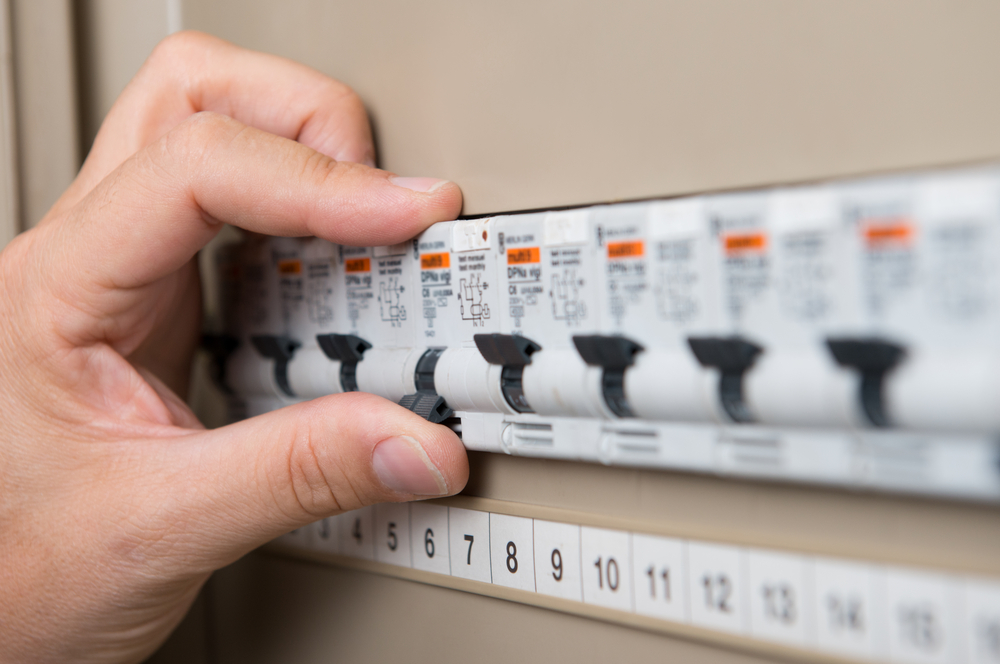
A tripped circuit breaker is one of the most common electrical issues homeowners face. If you’re experiencing power outages, flickering lights, or sparks, resetting the circuit breaker can sometimes resolve the issue.
To reset a tripped circuit breaker, follow these steps:
- Turn off all devices on the electrical circuit.
- Locate the electric service panel.
- Find the tripped circuit breaker switch.
- Move the switch into the ‘off’ position.
- Wait for a few seconds.
- Move the switch back into the ‘on’ position.
Unplugging Appliances
Unplugging appliances is another simple yet effective troubleshooting step. If you notice an appliance sparking, making strange noises, or not working correctly, unplugging it can prevent further damage. However, if the appliance continues to malfunction after being plugged back in, it’s best to call a professional for further inspection.
When to Call an Emergency Electrician
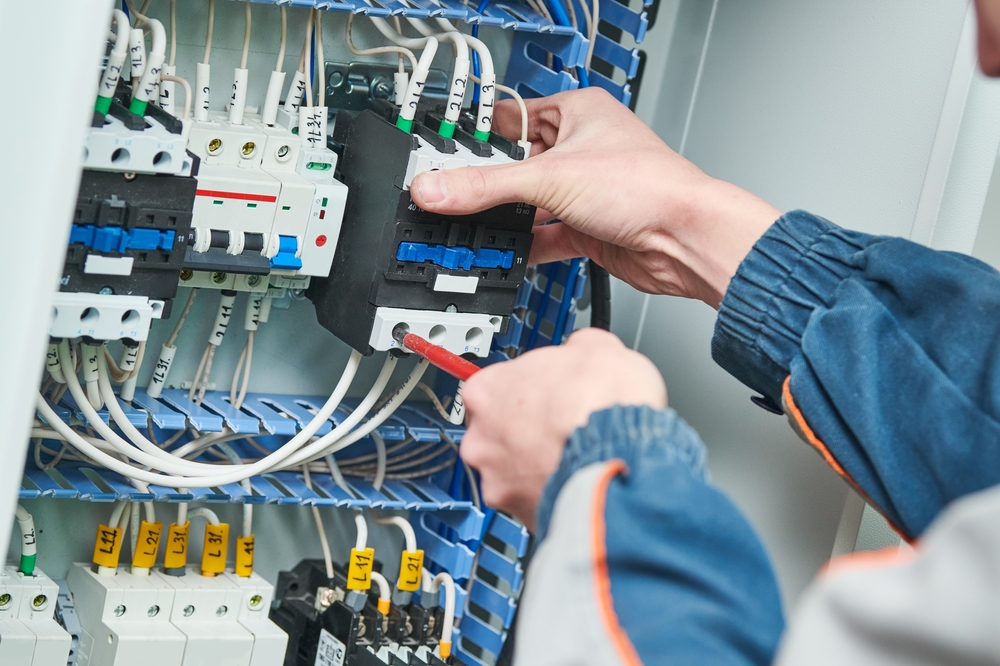
Despite troubleshooting being able to resolve minor issues, certain situations necessitate swift professional attention. Recognising these situations and knowing when to call an emergency electrician can prevent further damage and ensure safety.
Assessing the Situation
A critical step in deciding whether to call an emergency electrician is to assess the situation. Indications of a significant electrical issue include:
- Flickering lights
- The smell of burning from outlets or appliances
- Sparking electrical outlets
- Repeated problems with the circuit breaker
If you encounter any of these signs, it’s time to call a professional. Mr Sparky is an electrician in Sydney providing emergency services. We are highly qualified, with 125+ five-star reviews when writing this article. If you want an immediate response, then look no further than the team at Mr Sparky.
Contacting Emergency Services
During life-threatening situations or in the event of a widespread electrical problem, immediate contact with emergency services is of utmost importance. Provide them with the following information:
- Your exact location
- The nature of the electrical problem
- Any imminent hazards
- Any injuries or medical emergencies associated with the electrical problem.
Remember, your information can help them respond effectively to the situation.
Choosing the Right Emergency Electrician
When an electrical emergency strikes, you want the best help possible. But how do you choose the right emergency electrician? Here are some factors to consider.
Licensing and Qualifications
Primarily, verification of the electrician’s license and qualifications is essential. The necessary qualifications for an emergency electrician include:
- A certificate of proficiency as an electrician
- A Level 2 Electrician certification
- A minimum of 12 months of practical experience gained through apprenticeships
Neglecting to engage an emergency electrician can result in significant safety hazards.
Recommendations and Reviews
Don’t forget to check recommendations and online reviews. They evaluate the electrician’s competence, skills, and service quality through reliable referrals and past customer feedback. These insights enable you to gauge the electrician’s dependability, professionalism, and responsiveness in managing emergency scenarios, aiding in making a well-informed choice.
Preparing for Future Electrical Emergencies
Electrical emergencies can happen anytime, but with the proper preparation, you can minimize the impact and ensure your safety.
Regular Maintenance
Regular maintenance is one of the most effective methods to stave off electrical emergencies. A professional electrician can inspect your electrical system, identify potential problems, and fix them before they become major issues.
Hence, annual servicing of the electrical system and other related electrical systems by a professional is advised to guarantee their optimal condition.
Safety Equipment
Lastly, equipping your home with safety equipment like fire extinguishers, fire blankets, and first aid kits can help you respond quickly and effectively to emergencies. Remember, the key to handling electrical emergencies is to stay calm, act fast, and call for professional assistance.
Summary
Electrical emergencies can be daunting, but you can handle them safely and effectively with the proper knowledge. Remember, the key is identifying the emergency, taking immediate safety measures, troubleshooting if possible, and knowing when to call a professional. Regular maintenance and preparation can also go a long way in preventing emergencies. Stay safe and stay prepared!
Frequently Asked Questions
What to do before calling an electrician?
Before calling an electrician, check the circuit breaker, fuse box, and outlet to identify potential problems. If they appear to be damaged, it may be time to call in a professional.
What are the electrical emergency procedures?
In an electrical emergency, immediately turn off the power at the breaker box, move away from wet areas and objects, and stay clear of fallen wires. Call your local fire department or electric company for help.
How would you respond to a hazardous electrical incident?
Please turn off the power supply and use a non-conductive object to separate the victim from its source. Call triple zero (000) for an ambulance as soon as possible if an electric shock occurs.
What are some common electrical emergencies?
Common electrical emergencies include power outages, electrical fires, electric shocks, and fallen power lines, which can pose a severe danger.
What should I do if I observe a sparking appliance?
Unplug the appliance immediately and turn off the power, then contact an electrician for inspection and repairs.
